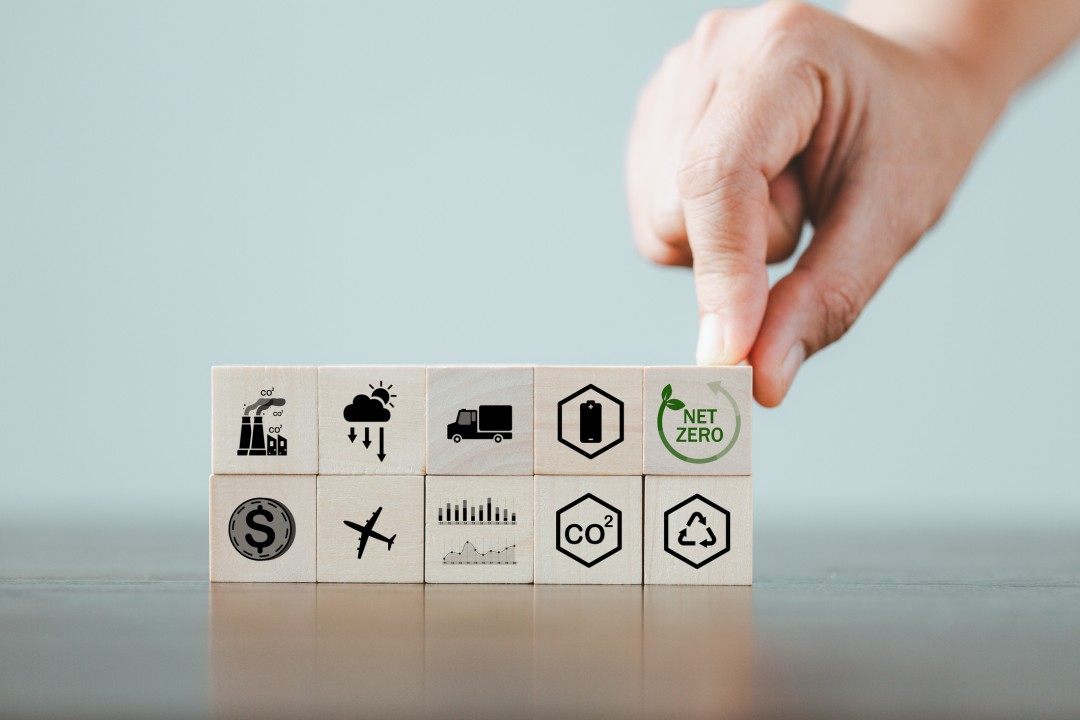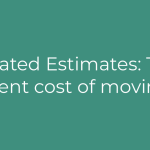The global climate crisis has made it more critical for individuals and businesses to take responsibility for their carbon footprints. One significant contributor to carbon emissions is the moving and relocation industry. International moves and corporate relocations often involve transporting large goods across long distances, generating substantial carbon emissions. As businesses and individuals become more environmentally conscious, there is a growing demand for eco-friendly moving solutions.
One of Relocate MENA's and Relo-Global's innovative approaches gaining traction is the implementation of carbon offset programs.
What are Carbon Offset Programs?
Carbon offset programs allow individuals and businesses to invest in environmental projects that reduce or remove carbon dioxide (CO2) from the atmosphere, effectively offsetting the carbon emissions they generate. These projects can include renewable energy installations, reforestation efforts, and methane capture initiatives. By participating in carbon offset programs, clients can mitigate the environmental impact of their move and contribute to global efforts to combat climate change.
The Need for Carbon Offset Programs in the Relocation Industry
The relocation industry is a significant contributor to global carbon emissions. The transportation of goods, whether by land, sea, or air, generates significant amounts of CO2. Additionally, the packing materials used in the moving process, such as cardboard boxes and plastic wrap, often end up in landfills, contributing to environmental degradation. As awareness of the environmental impact of moving grows, clients are seeking more sustainable options. Implementing carbon offset programs allows moving companies to offer a more environmentally friendly solution while demonstrating their commitment to sustainability.
How Do Carbon Offset Programs Work?
To implement a carbon offset program, a moving company first needs to calculate the carbon emissions generated by each move. This calculation considers various factors, including the distance travelled, the mode of transportation used, and the weight of the goods being transported. Once the carbon emissions for a move have been calculated, the moving company can purchase carbon offsets equivalent to the amount of CO2 generated. These offsets fund projects that reduce or remove an equivalent amount of carbon from the atmosphere.
For example, if a move generates 10 tons of CO2, the moving company can purchase 10 tons of carbon offsets. These offsets might fund a reforestation project that plants trees, which absorb CO2 from the atmosphere, or a renewable energy project that reduces the need for fossil fuels.
Benefits of Implementing Carbon Offset Programs
Reduced Environmental Impact
By offsetting the carbon emissions generated by a move, moving companies can help reduce the overall environmental impact of the relocation process. This is particularly important for corporate clients, as many companies have set targets for reducing their carbon emissions and are actively seeking ways to achieve these goals.
Improved Company Image
Implementing a carbon offset program demonstrates a commitment to sustainability and environmental responsibility. This can enhance a moving company’s reputation and make it more attractive to environmentally conscious clients.
Competitive Advantage
As the demand for eco-friendly moving solutions grows, companies that offer carbon offset programs can differentiate themselves from their competitors and gain a competitive advantage.
Regulatory Compliance
As governments worldwide implement more stringent carbon emissions regulations, moving companies participating in carbon offset programs may find it easier to comply with these regulations.
Regulatory Compliance
Challenges and Considerations
While implementing a carbon offset program can offer numerous benefits, moving companies need to consider some challenges and considerations.
Accurate Carbon Emissions Calculation
Accurately calculating the carbon emissions generated by a move can be complex. Moving companies must consider various factors, including the mode of transportation, the distance travelled, and the weight of the goods being moved. The carbon emissions associated with the production and disposal of packing materials must also be accounted for.
Cost
Implementing a carbon offset program can involve additional costs for moving companies. These costs include purchasing carbon offsets and potentially investing in software or consulting services to calculate carbon emissions accurately. Moving companies must carefully consider how these costs will be covered, whether by absorbing them as part of their operating expenses or passing them on to clients as an optional service.
Quality and Credibility of Carbon Offsets
Not all carbon offsets are equal. Some projects may significantly impact reducing carbon emissions more than others. Additionally, there has been fraud and mismanagement in the carbon offset market.
- Type of Vessel
The carbon emissions generated by shipping can vary significantly depending on the type of vessel used. Larger, more modern ships are often more fuel-efficient and produce lower emissions per ton-mile.
- Weight of the Goods
The goods being transported will also affect the carbon emissions generated. Heavier loads will generally result in higher emissions. In your case, the payload of the 20ft container is 28,200 kg.
- Distance Traveled
The distance the goods are transported will, of course, significantly impact the carbon emissions generated. As mentioned, the approximate distance between London and New York is 3,461 nautical miles (6,410 kilometres).
- Packing Materials
Using recycled cardboard boxes and paper and avoiding plastics can help reduce the overall carbon footprint of the move. However, since the transportation generates most of the carbon emissions associated with shipping, the impact of packing materials on the overall emissions will be relatively small.
To calculate the carbon emissions for this move, you can use the following formula:
Carbon Emissions = Distance Traveled (km) x Emission Factor (kg CO2e/ton-km) x Weight of Goods (tons)
The emission factor will vary depending on the type of vessel used and its fuel efficiency. According to the International Maritime Organization (IMO), the average emission factor for cargo ships is approximately 0.01 kg CO2e/ton-km. However, this can vary significantly, so it is recommended to obtain the specific emission factor for the vessel being used if possible.
Using the IMO average emission factor, the calculation would be as follows:
Carbon Emissions = 6,410 km 0.01 kg CO2e/ton-km 28.2 tons
Carbon Emissions = 1,805.82 kg CO2e
Please note that this is a rough estimate, and the actual carbon emissions may vary depending on the specific circumstances of the move. Additionally, this calculation does not consider other greenhouse gases that may be emitted during transportation, such as methane (CH4) and nitrous oxide (N2O).
Green Moves: Offset Your Corporate Relocation Carbon Footprint Now!
Once you have calculated the carbon emissions for the move, you can purchase carbon offsets equivalent to the amount of CO2e generated to make the move carbon-neutral. Carbon offsets can be purchased from various providers and fund projects that reduce or remove carbon from the atmosphere, such as reforestation efforts or renewable energy installations.
2023 Carbon Offset Projects and Programs for your international relocations.
Implementing carbon offset programs is an innovative way for companies to offer more environmentally friendly relocation services. These programs allow clients to offset the carbon emissions generated by their move, contributing to global efforts to combat climate change. While there are challenges and considerations to consider, the benefits of implementing a carbon offset program can be substantial, including a reduced environmental impact, improved company image, and a competitive advantage in the market. Carbon offset programs are essential in making the moving and relocation industry more sustainable and environmentally responsible.









